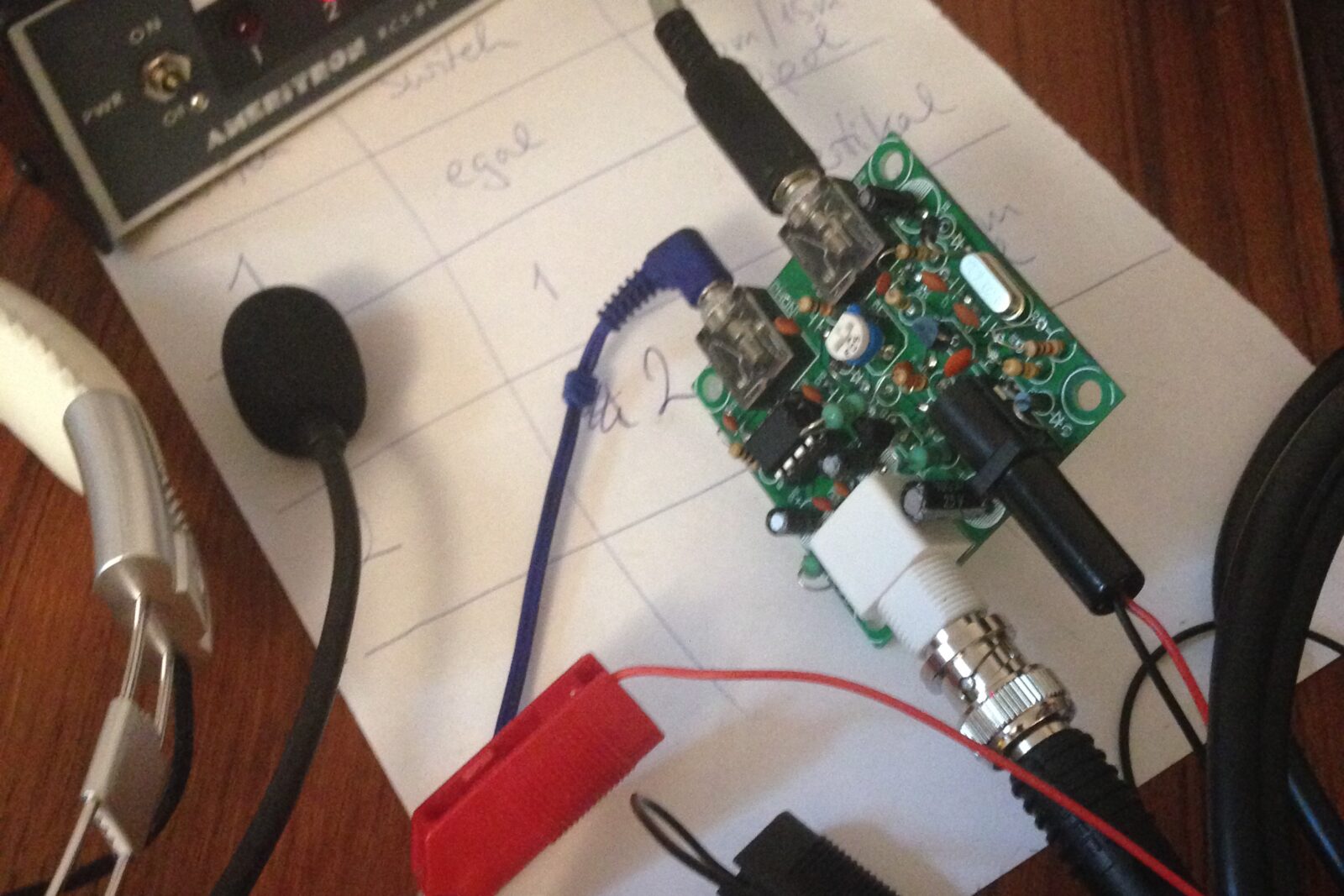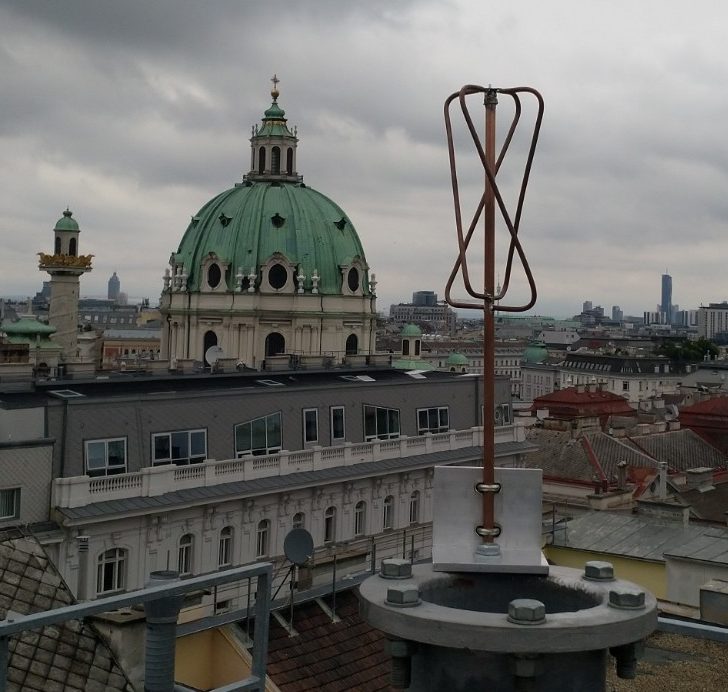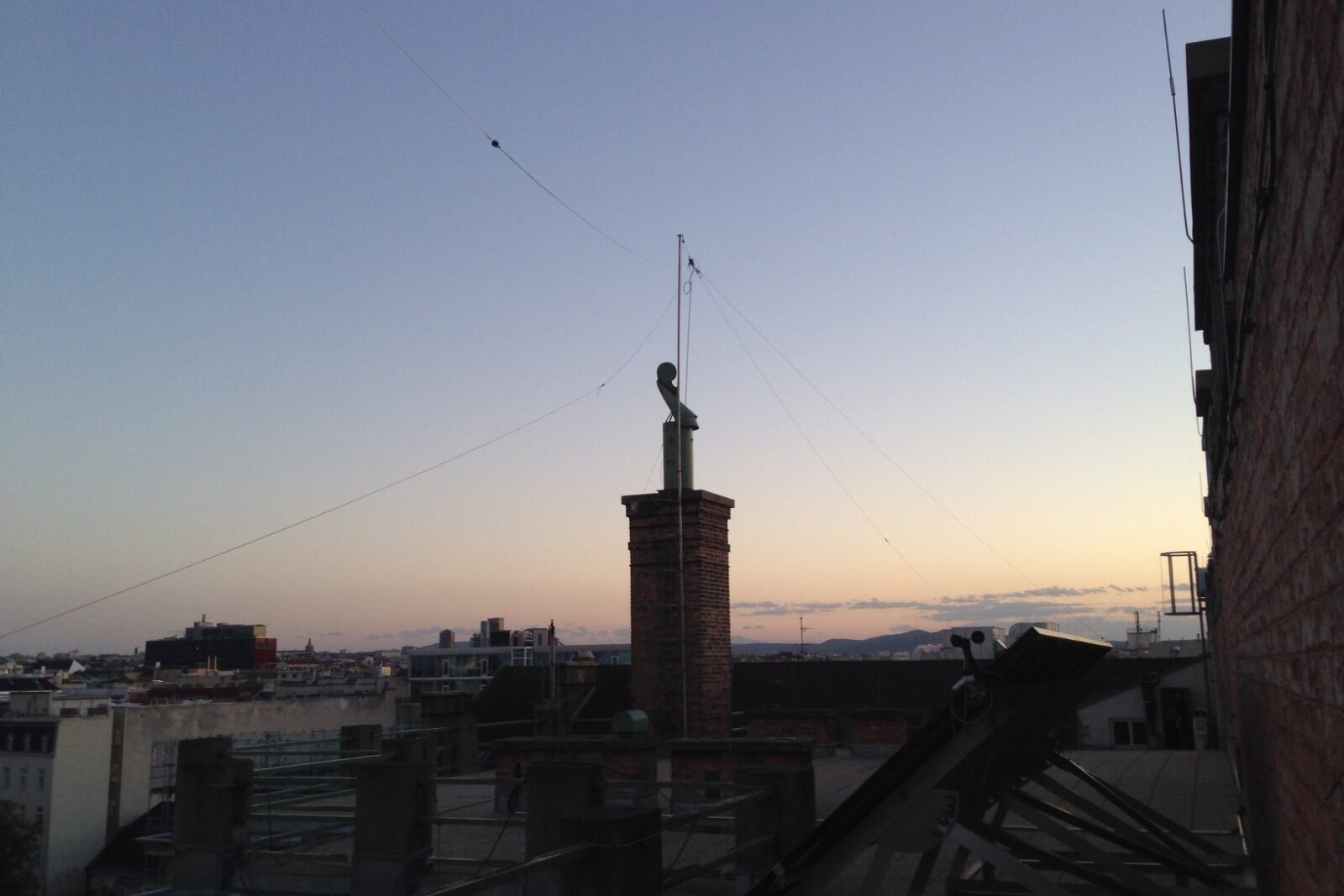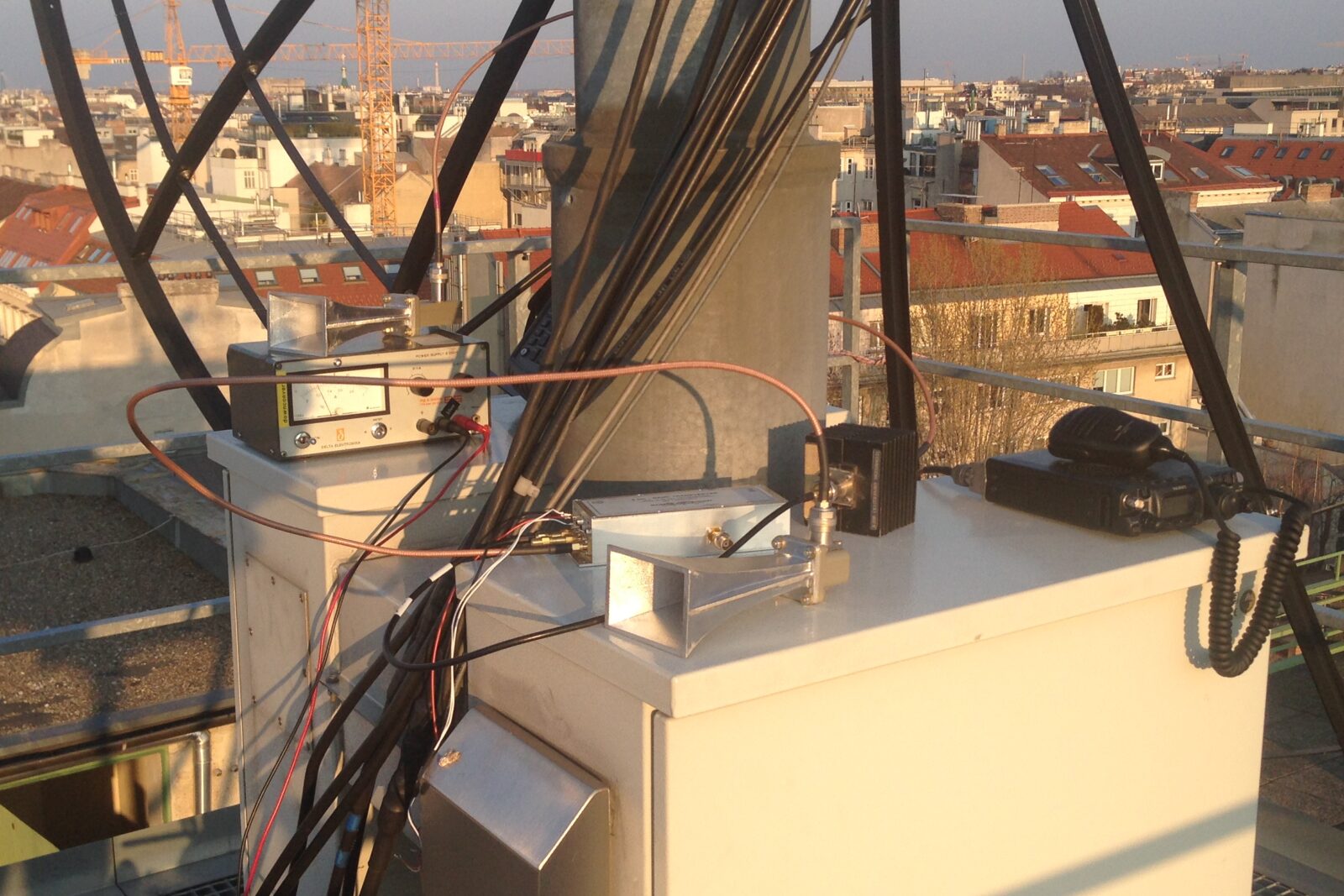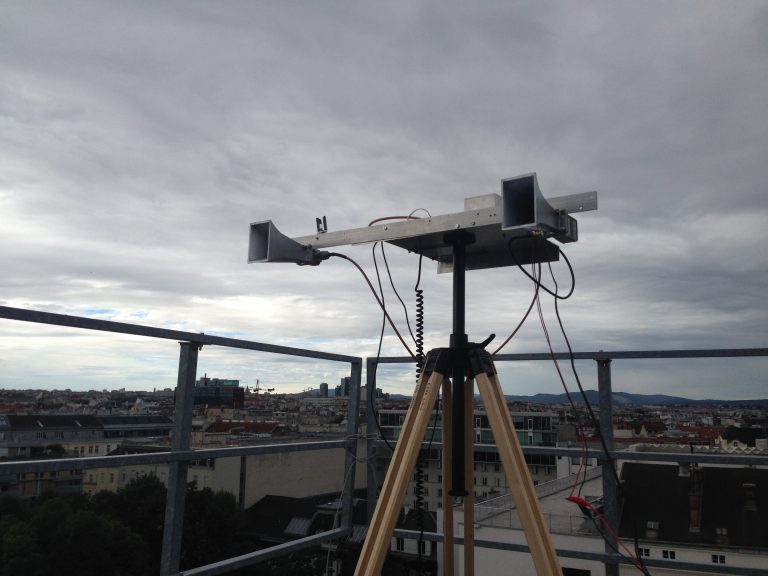The Radio Amateur Club of the TU Wien was founded in 1983 by Arpad Scholtz (OE1SZW) and the club’s call sign is OE1XTU.
Come by and visit the club’s online blog and find out about our most recent ham radio activities. If this raises your curiosity about experimental radios, antennas and propagation, or your interest in participating, please feel free to contact Christoph Mecklenbräuker (OE1VMC).
The Radio Amateur Club supports the academic curriculum at TU Wien through the following courses: “Shortwave Radio Communication” (course 389.030), “Centimeter and Millimeterwaves” (course 389.190), as well as “Antenna Design and Realization” (course 389.104) and also contribute to the introductory course “Orientation ETIT” (course 350.002).

